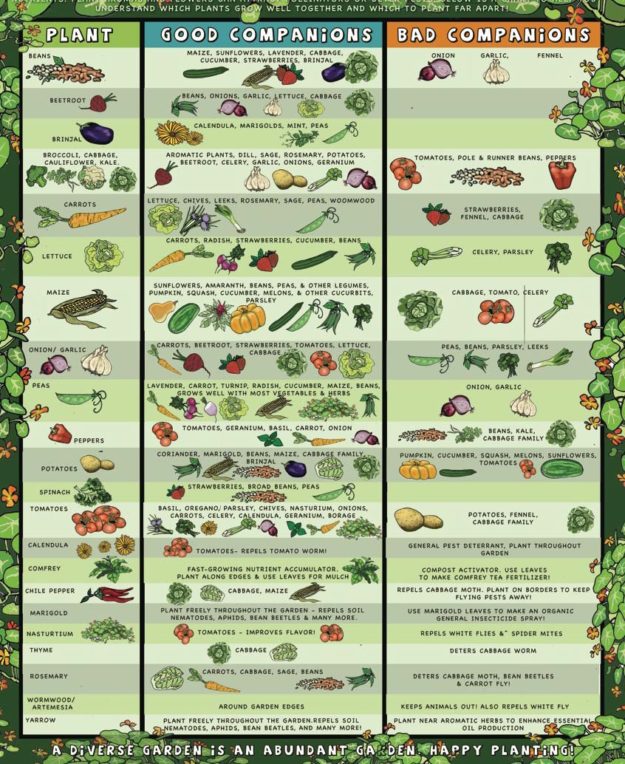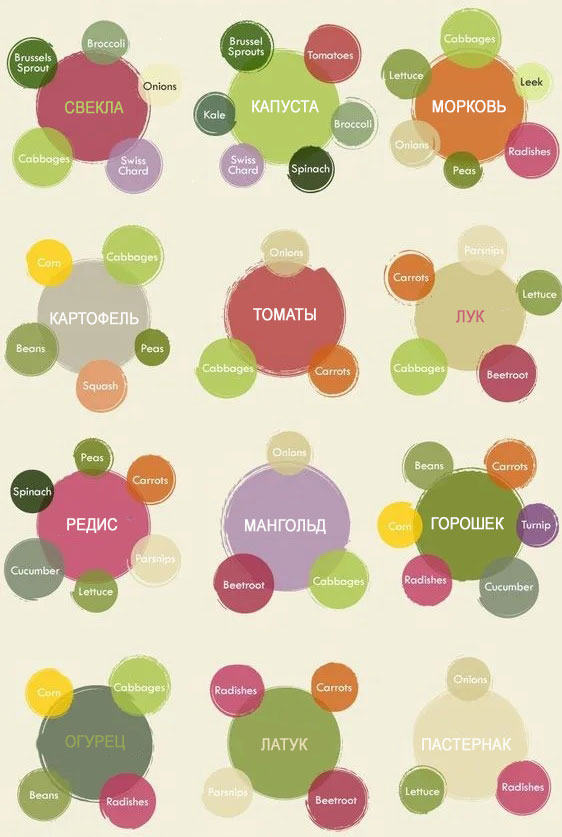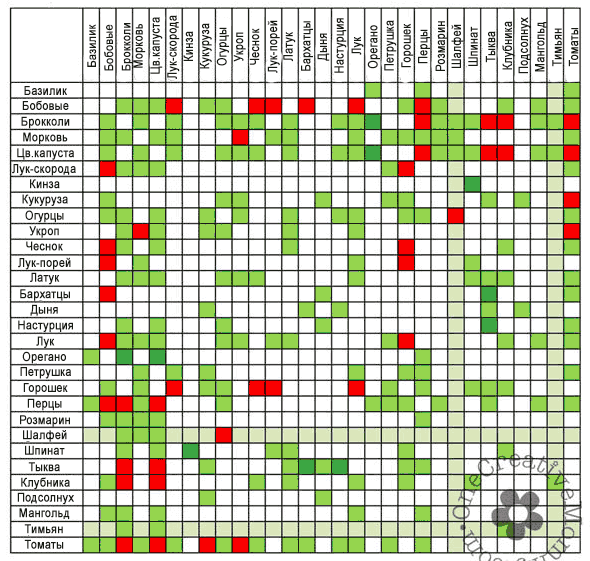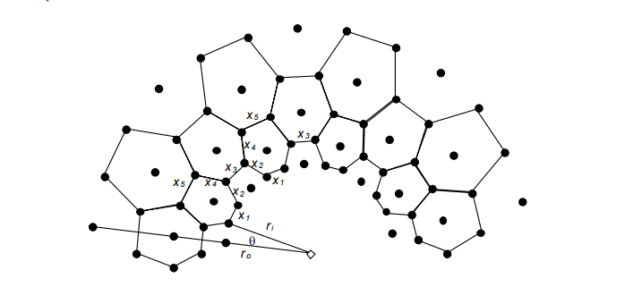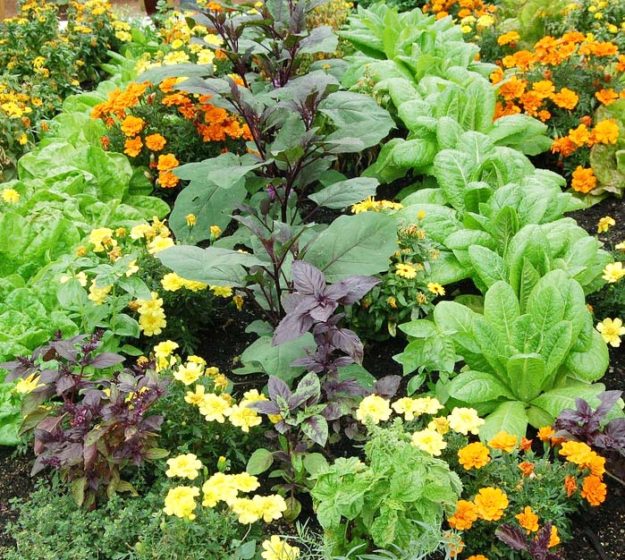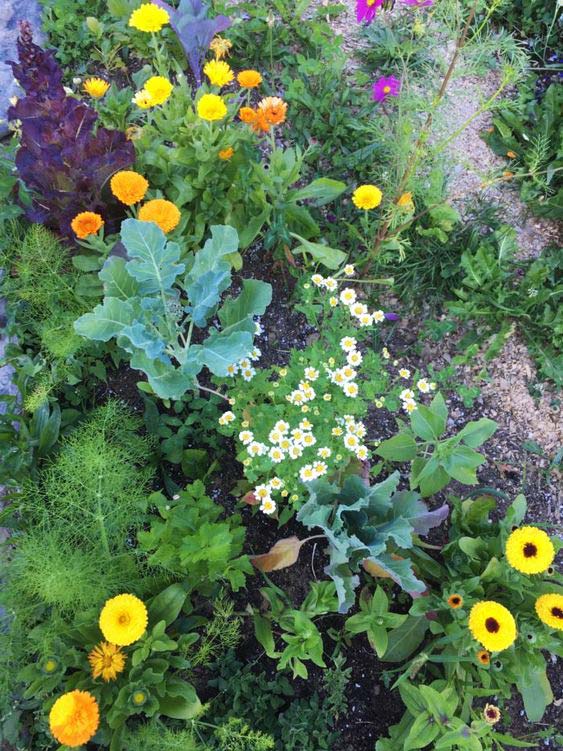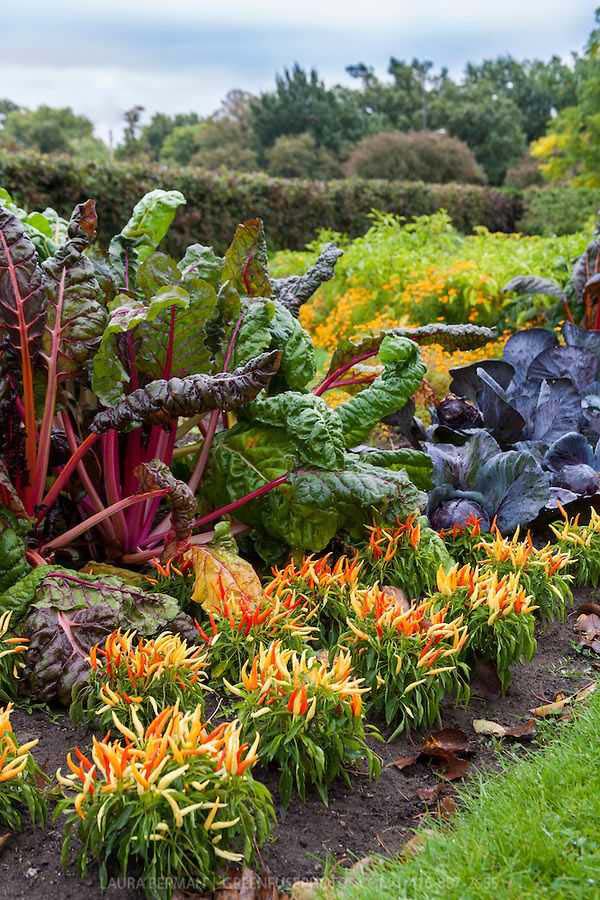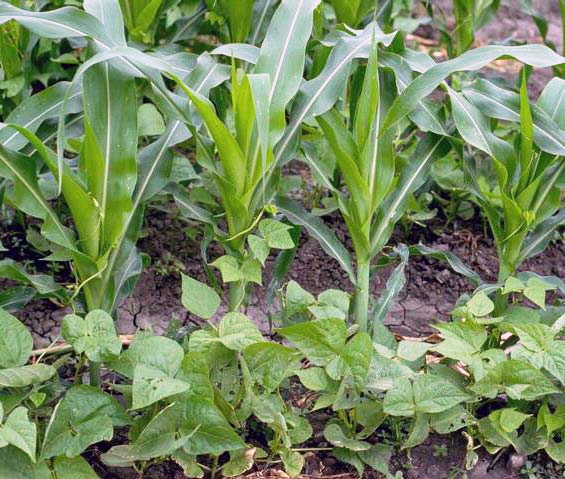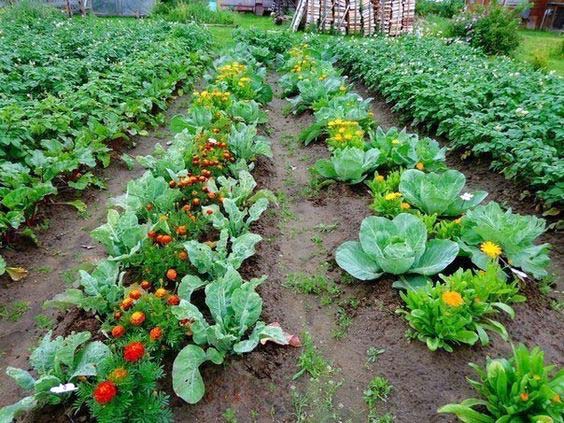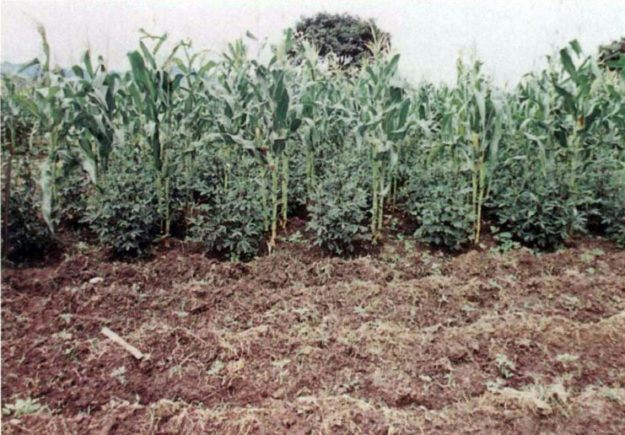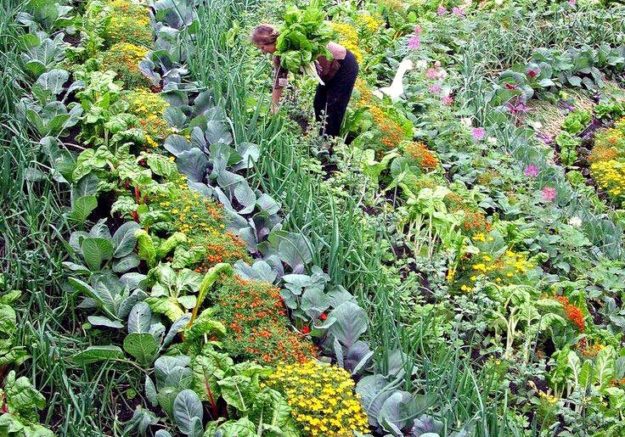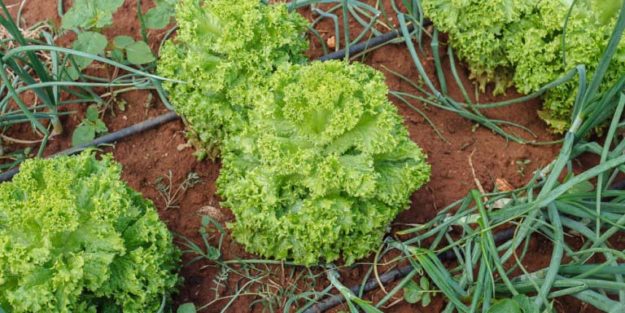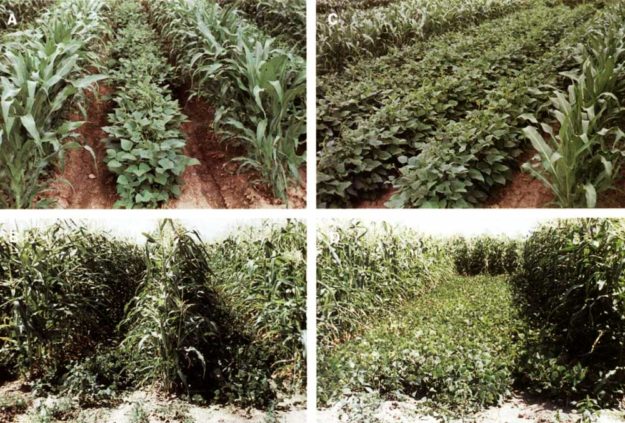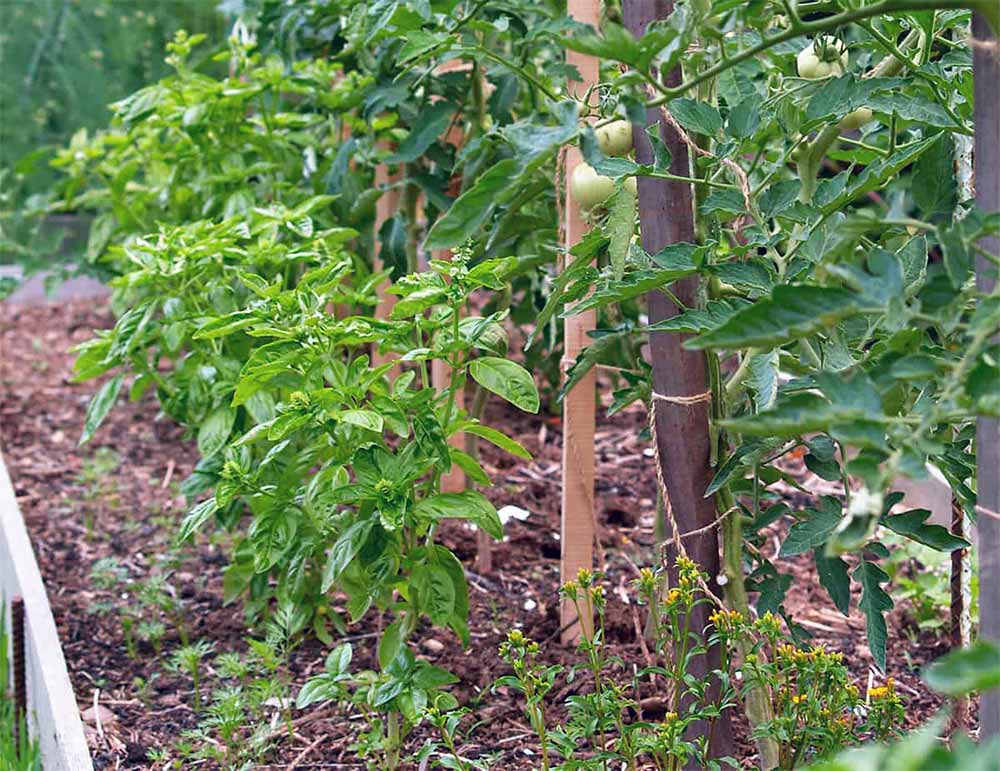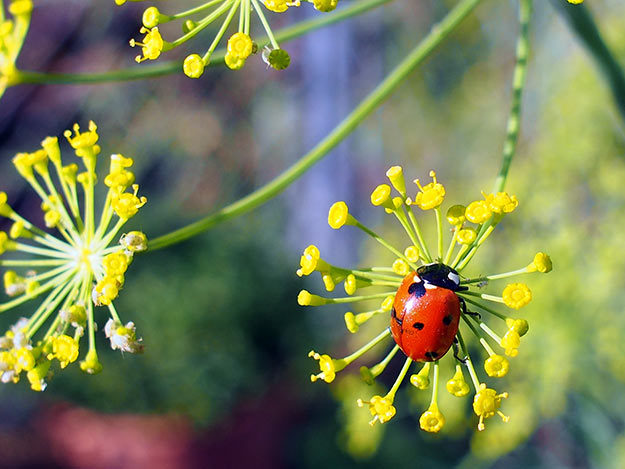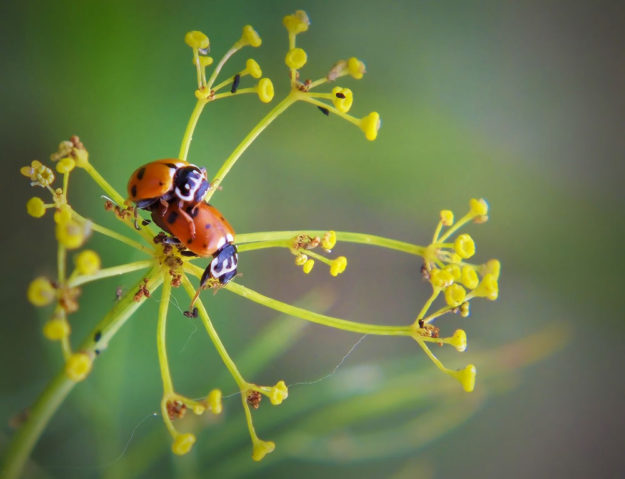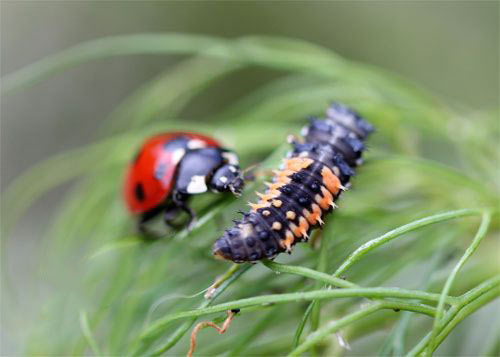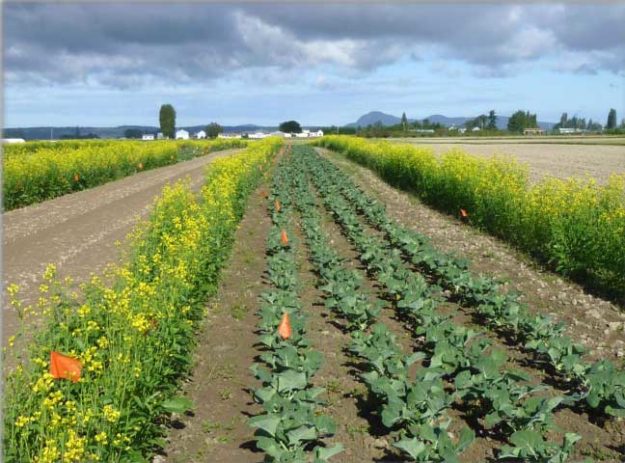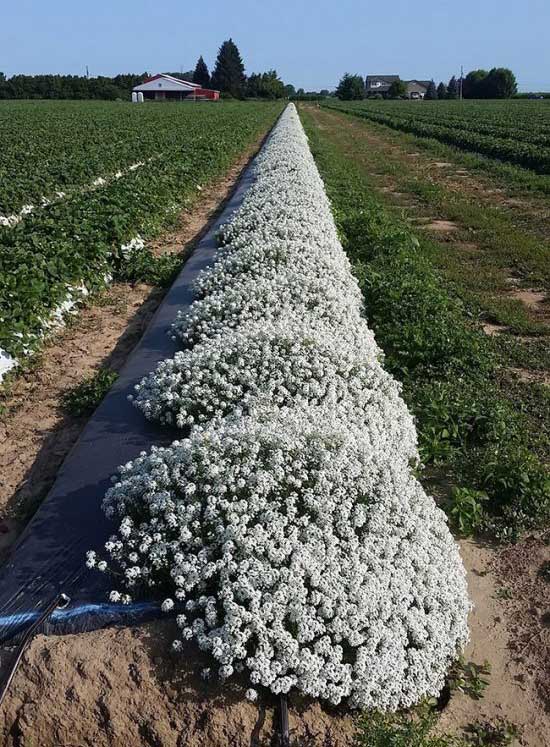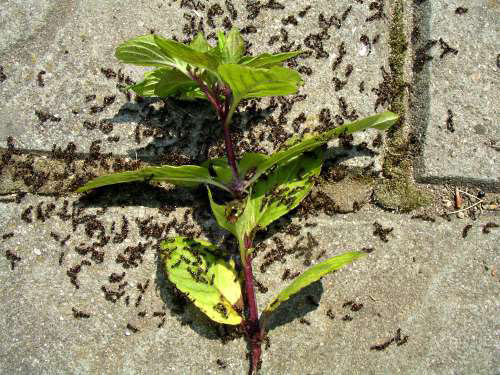There is an opinion that growing a decent harvest is only possible when considering plant compatibility. It’s a kind of agro-horoscope that evokes an ironic smile. Planting companion plants or intercropping is a well-known practice, but is it supported by scientific research? Where do these endless lists and recommendations about vegetable neighbors in the garden come from?
None of the proposed schemes of “what plants to plant together” has a scientific basis. For the most part, these are made-up legends for selling advertisements or books, promoting the ideas of individual authors. A prime example is the bestseller “Carrots Love Tomatoes” by Louise Riotte. The book contains not a single reference, and most combinations do not even have a logical explanation of why they work—they just do. Yet these claims have been repeated millions of times, monstrously proliferating like memes in the Internet age.
There are scientific publications on the topic of “what to plant with what”; however, successful combinations turned out to be very few, which can be explained by natural laws (more on that below). The only exceptions have been ground-cover crops, like white clover—its positive influence is undeniable (7).
What do scientists expect from companion planting?
The main goal of plant combination is pest control and reducing infection load (1). Only through this indirect means is enhanced quality and quantity of harvest achieved, dependence on pesticides reduced, and the lives of pollinators and predators saved.
In agronomic practice, there is no concept of “love” between carrots and tomatoes (Carrots Love Tomatoes Louise Riotte 1975). Rather, the opposite is true:
The mutual influence of plants always leads to competition, sometimes moderate—then there are some benefits from proximity, but more often the struggle for resources significantly reduces the yield of both companion plants.
That is why we need a well-considered approach to plant proximity and an understanding of the mechanisms and goals for which global rearrangements on the beds are undertaken.
Companion Agriculture in the Garden. Are We Already on Board?
Our plots and gardens, which span 5-7 hundredths, are already a system of companion planting since this area hosts at least 10 types of vegetable plants, not including herbs. The plot is divided, at best, by several narrow paths, and in cases of tight space-saving, the row spacing is almost arbitrary. The key difference between traditional garden planning and “scientific” companion plantings is the absence of alternating different crops in the same row (5).
One of the schemes of companion plantings. For more details, see link 2.
Main types of companion plant placement:
Without regard to rows (most commonly used for grains)
Alternating rows
With alternation of crops in the same row
Relay planting (planting one species before another so that their life cycles partially overlap)
This indeed resembles most gardens and makes sense—it reduces the risks of losing the entire harvest. The risk reduction strategy is embedded in the age-old system of companion planting known as “The Three Sisters,” and much can be understood from this example. This scheme has repeatedly been the subject of scientific studies (3). I will elaborate on “The Three Sisters” further.
The Legacy of “The Three Sisters”
The mythologized Three Sisters of the indigenous peoples of North and Central America are corn, legumes, and squash. The Iroquois Indians practiced the intercropping of these crops and associated them with a number of religious practices. You have surely come across descriptions of this vegetable combination as the best example of a working companion plant scheme.
How the system is supposed to work:
- Beans receive support from corn and protection from the wind by climbing its stalk.
- Squash protects the soil from excessive moisture loss, shades weeds, and keeps the roots of companions cool.
- Both squash and corn receive some portion of nitrogen accumulated by the nodulating symbionts of the legumes.

Beautiful, simple, logical. Now the facts:
- The companion planting method required less time and effort than sowing monocultures. This combination of vegetables was not practiced for the purpose of increasing yields, and the correlation between yield and companion planting has not been confirmed.
- The Three Sisters were grown on mounds, hills, and in uncultivated grasslands, which significantly increased the chances of a normal harvest. A plot was used for only two years, and then the land rested for the next eight years, becoming covered with sod.
- Modern reconstructions of the Three Sisters system show that corn yields do not decrease in the presence of beans and squash, but both squash and beans significantly lose yield compared to growing in monoculture. This combination was used only when the target crop was corn, not beans or squash. Each crop was periodically grown separately.
- Historical varieties of corn, vegetable beans, and winter squash have very little in common with modern hybrids created for intensive agriculture. Today, followers of the system grow sweet corn, snap beans, and butternut squash.
The table shows the yield difference under the “Three Sisters” system and when each plant is grown in monoculture. A link to the original article is at the end (3).
What’s wrong with the traditional explanation of the success of the “Three Sisters”
Beans share nitrogen with corn and squash. It is true that legumes fix nitrogen from the air, but this nitrogen rarely enters the soil around the legume plants, as it is used by the plant for growth and seed production. Corn does not receive nitrogen from neighboring bean plants.
Squash prevents soil dehydration. It does shade the soil, but it also needs watering and competes for water with corn and beans. Mulching seems to be a more sensible solution than planting a competitor.
So why did they practice it? Most likely, this polyculture farming system supported a greater number of people per hectare compared to monoculture:
With the “Three Sisters,” farmers obtained approximately the same amount of carbohydrates as from corn alone, but significantly more protein from the beans and squash planted among the corn. This is the value of the “Three Sisters” – the system provides a more balanced diet than the “sisters” alone.
Below are some of the most popular examples of “what to plant together” and scientific data on them.
Tomato loves basil. Or is it more complicated?
After the “Three Sisters,” the most popular combination of plants in the garden is tomato and basil. In the 2004 dissertation by Michael K. Bomford from West Virginia University (2), the effect of companion planting of these crops was studied. The main conclusion of the study applies to most plant interactions:
Dominant species with strong intraspecific competition always develop better when combined with other species of plants. Intraspecific competition is replaced by weaker interspecific competition (Joliffe and Wanjau 1999).
In this case, the tomato is dominant.
Hypotheses that tomatoes grown near basil are less prone to disease, and that their fruits are tastier and more aromatic were not confirmed. For basil, on the other hand, the proximity to tomatoes inhibits growth and triggers early flowering. The closer basil is planted to tomatoes, the worse air circulation in the root zone, complicating pruning and staking.
When planting in an alternating manner, the optimal distance from 25 to 40 cm between the target crop is preferred, which saves space since the optimal distance between tomato bushes in monoculture planting is 50 cm.
The best vegetable neighbors in the garden - dill and coriander
Flowering dill and coriander attract beneficial predatory insects and pollinators to the plot. They are so effective that these herbs have become the subject of several dissertations and field studies.
How it works. Larvae and eggs of many pests are resistant to widely used insecticides, and vulnerable species, once inside the fruits, become inaccessible. Only predators can deal with such pests - ladybugs, lacewings, hoverflies, parasitic wasps, and several species of predatory mites and bugs. Dill and coriander increase the odds of beneficial insects’ survival—flowers of these plants are structured in such a way that nectar and pollen are easily accessible not only to adapted pollinators. Predators receive additional food, nutrition, and breeding space. Increasing the number of beneficial insects through intercropping does not reach commercial application (as noted in several studies), but it does help to reduce the use of insecticides (especially synthetic pyrethroids that kill aphid predators), which is already a significant advantage. Additionally, one can rely on safer but weaker avermectins, for example. Interestingly, several studies noted a sharp decline in aphid populations in fields with dill-vegetable plantings. It is important to maintain the flowering of companion plants, which is why they were seeded three times during the season.
I like the idea of using dill as a companion plant: you can cut branches without disturbing the stem (let it flower); it can be grown as a ground cover that minimizes moisture evaporation; it doesn’t shade the target crop and has low fertilization requirements (a weak competitor for resources)(8,9).
Marigold Allergy in Nematodes
Planting marigolds to repel root-knot nematodes is currently at its peak popularity. However, marigolds hardly release substances (pyrethrum and thiophen) into the soil that kill nematodes - they only die when feeding on the roots of the flower, provided that you choose the right species of marigold (Tagetes spp. rather than Calendula spp.).
Examples of planting marigolds in beds
Does the scent of marigolds repel pests? Pyrethroids in insecticides are hundreds of times more concentrated than in marigolds, but aphids, cabbage worms, leafhoppers, and mites don’t turn their noses up at feeding on treated plants (though not for long).
So, can one plant benefit another?
In one way or another, any plants, whether monoculture or intercropped, compete for resources, which harms the yield of the losing side. It makes no sense to plan complex, dense plantings for higher productivity of all participants in the experiment - that just doesn’t happen. At the same time, maintaining reasonable distances between plants is no different from ordinary planting planning. Even if companions do not compete for light and do not shade the target crop, plants respond to the reflection of certain radiation in the red spectrum from their neighbors - this is the first signal for competition - elongation of internodes (a result of opto-biological studies)(4).
Physical protection and support. It cannot be argued that shrubs protect tall and fragile delphiniums from the wind, while corn serves as a ladder and support for climbing beans and cucumbers.
Pest lure. A certain plant is used to attract a pest, so it leaves its companion alone (example: hazelnut and beetles). Often, such baits serve as magnets for insects from the surrounding area, and there turn out to be many more of them in your garden than there would be without the trap plant. Suggest planting a trap plant to your neighbor - then your plot will have less of the targeted pest.
Mustard trap saves cabbage from flea beetles Diversity by Design: Using Trap Crops to Control the Crucifer Flea Beetle
Not all insects rely on sight or smell. The polyphagous whiteflies and aphids respond to the reflected spectrum, not the appearance of their host plants. They are particularly attracted to the yellowish-green (cabbage) shade of light reflected from leaves. Moreover, this poorly flying “air plankton” lands on plants rather whimsically according to the wind (thrips are also in this company). Following this, reproduction takes place. If you do not treat the lure with pesticides, the pest successfully reproduces on it and looks for a new host plant. And what if the trap is flowering? We’ll be poisoning bees for good measure.
The results of experiments with trap plants are not always impressive (discussed in detail here: Intercropping and Pest Management: A Review of Major Concepts Hugh Adam Smith and Robert McSorley). For the method to work, intermediate distraction crops need to take up from 10% to 50% of the area, and they require watering. The idea is good, but many questions arise.
Improvement of growing conditions. Plant A can change the environment for plant B. A tomato provides shade for lettuce, while squash shades the ground, thereby reducing weed growth. It is easy to understand and accept as a fact that plants change their environment. However, extrapolating this to conclude that companion plants grow better is false logic.
Attracting pollinators and predators. Pests also gladly feed on nectar, and it’s worth remembering. Even here, there is no pure benefit for partner plants.
Alyssum in strawberry plantations as a host plant for Orius mites used for thrips control.
Suppressing pests. Someone came up with and spread the notion that ants and cabbage butterflies cannot stand mint, while the Colorado potato beetle avoids calendula. These are harmful myths. Ants graze on mint seeking sweet secretions at the tips of the leaves. And the far-reaching smell of the plant’s essential oils attracts ants from vast distances.
Mint may only work as a lure for subsequent destruction. Sadly, I have yet to find a good way to deter ants without mass genocide. Yes, the Colorado potato beetle does not eat marigolds, but it sees and smells potatoes just fine, slowly and lowly flying above the beds. Calendula doesn’t hinder it enough for it to starve to death. But does a flowering fence impede potato growth? Companion Plants Share Nutrients
A classic example that is never questioned is legumes, whose root symbionts can extract nitrogen from the air and share it with the plant in exchange for sugars. For a long time, it was believed that this nitrogen ends up in the rhizosphere, thereby feeding neighboring plants. However, field studies have shown that nodule bacteria lose an insignificant amount of nitrogen, as it is almost entirely used for the development and growth of the host plant. Even after the decomposition of the plant residue, no more nitrogen ends up in the soil than from non-leguminous plants.
It is commonly thought that plants with deep root systems bring nutrients up to the fertile layers of the soil. However, this too has not been confirmed. It might be worth preparing a separate article on this topic, as there are excellent scientific studies exploring “dynamic accumulators” among plants.
Weed Suppression. It’s important to understand the mechanism behind this suppression. If a plant is so competitive that it leaves no chance even for highly adaptive weeds, might such a companion plant also compete with the cultivated plant it is meant to assist?
Is Companion Planting Worth Trying?
Only if this partnership does not complicate your care for the plants and does not make planning your garden beds more challenging. Use common sense and remember that there are no altruists among plants.
Links and References
Litsinger and Moody 1976; Perrin 1977; Kass 1978; Perrin and Phillips 1978; Altieri and Letourneau 1982; Andow 1983, 1991a; Risch et al. 1983; Vandermeer 1989; Altieri 1994
YIELD, PEST DENSITY, AND TOMATO FLAVOR EFFECTS OF COMPANION PLANTING IN GARDEN-SCALE STUDIES INCORPORATING TOMATO, BASIL, AND BRUSSELS SPROUT Michael K. Bomford https://orgprints.org/6614/1/6614.pdf
Food Yields and Nutrient Analyses of the Three Sisters: A Haudenosaunee Cropping System – Jane Mt. Pleasant
Ballare, C. L., Scopel, A. L., & Sanchez, R. A. (1990). Far-Red Radiation Reflected from Adjacent Leaves: An Early Signal of Competition in Plant Canopies. Science, 247(4940), 329–332.
Intercropping and Pest Management: A Review of Major Concepts Hugh Adam Smith and Robert McSorley
Theunissen, J., Booij, C. J. H., & Lotz, L. A. P. (1995). Effects of intercropping white cabbage with clovers on pest infestation and yield. Entomologia Experimentalis et Applicata, 74(1), 7–16.
Intercropping in Field Vegetables as an Approach to Sustainable Horticulture Jan Theunissen Research Institute for Plant Protection (IPO-DLO), Binnenhaven 5, 6700 GW Wageningen, Netherlands
Investigating the Effects of Companion Plantings on Predation of European Corn Borer Eggs in Bell Peppers George C. Hamilton
Transgressive Yielding in Bean: Maize Intercrops; Interference in Time and Space. International Center for Tropical Agriculture (CIAT), Cali, Colombia. Accepted 23 November 1984, Available online 25 June 2003.
Intercropping presented in a positive light (without evidence, a descriptive article in Agriculture Specialist): Companion Planting & Botanical Pesticides: Concepts & Resources by George Kuepper and Mardi Dodson, 2016.
Retelling of anecdotes from the book “Riot” of Cornell University (with a reference to the book, but without references to studies): Cornell Cooperative Extension provides Equal Program and Employment Opportunities counties.cce.cornell.edu/chemung
A collection of articles on companion planting (mostly focused on grains) on sciencedirect (use Sci-Hub to access full texts) https://www.sciencedirect.com/topics/agricultural-and-biological-sciences/companion-planting
Linda Chalker-Scott, Ph.D., Extension Horticulturist and Associate Professor, Puyallup Research and Extension Center, Washington State University: The Myth of Companion Plantings.
A breakdown of gardening myths by professors at Washington State University: https://puyallup.wsu.edu/lcs/
Thank you for your attention!
